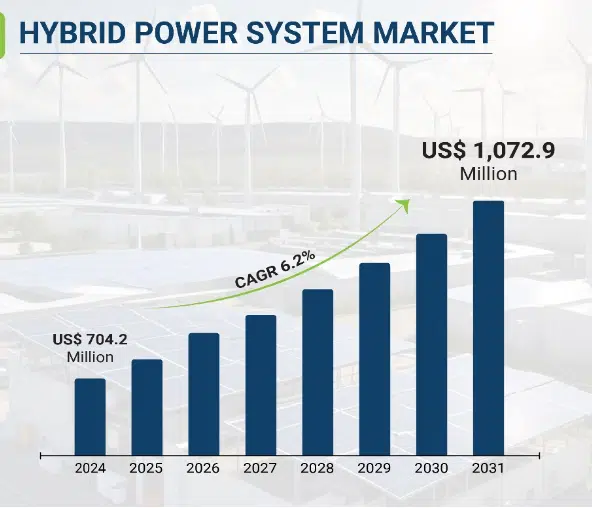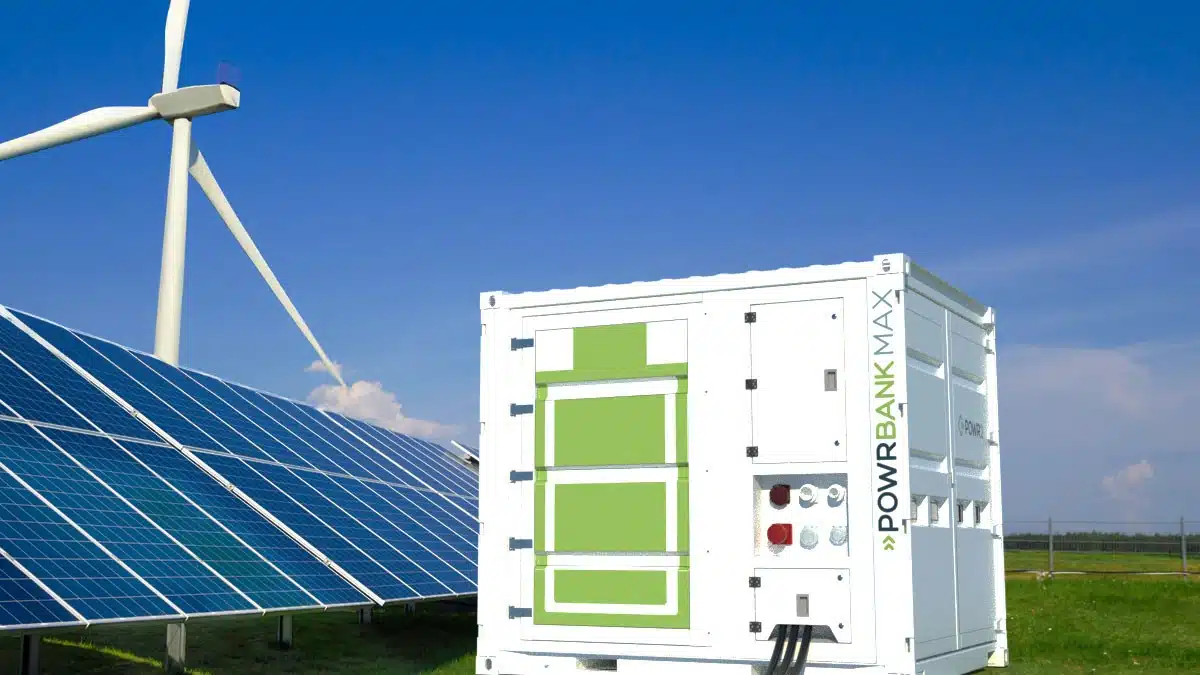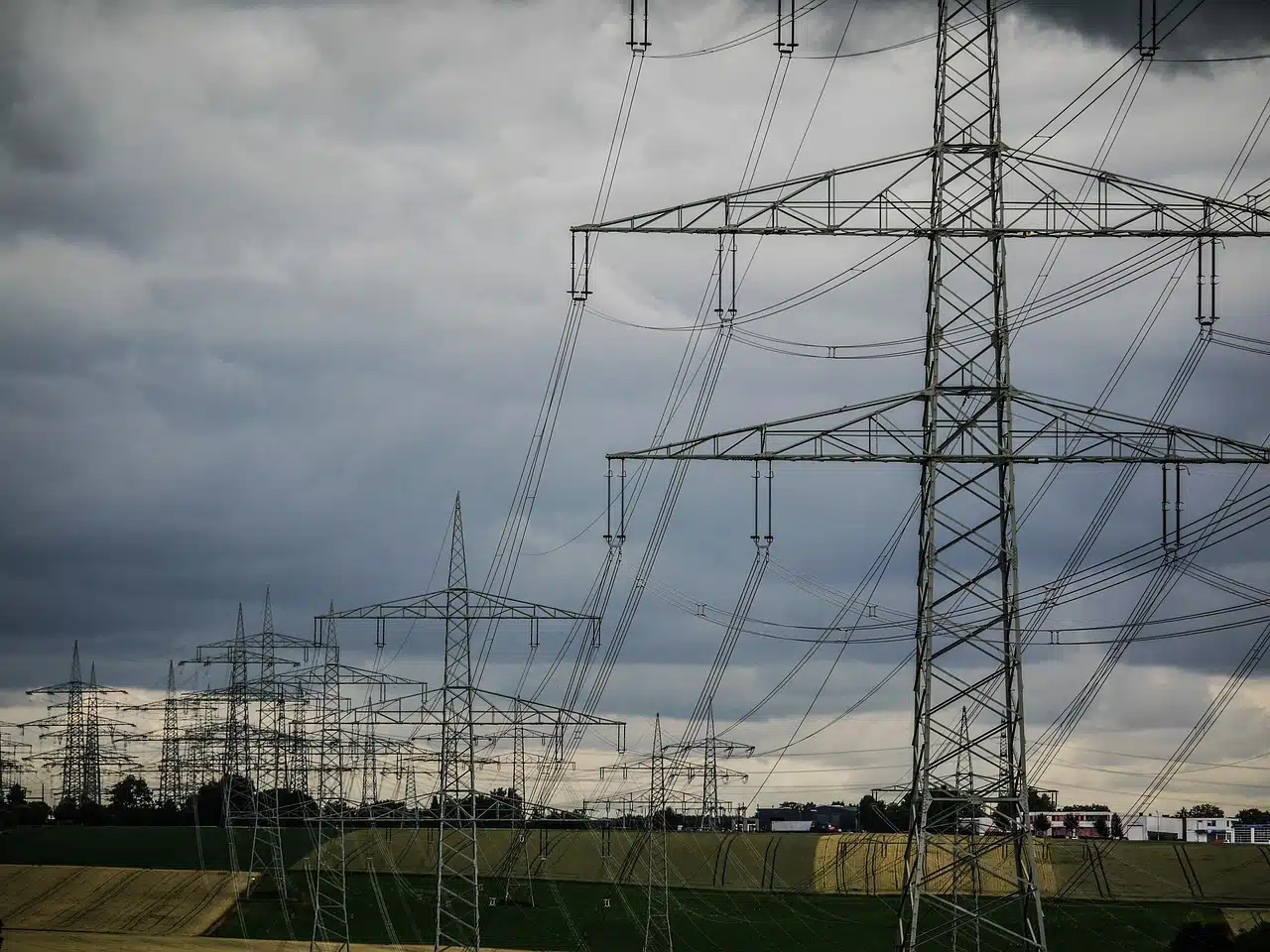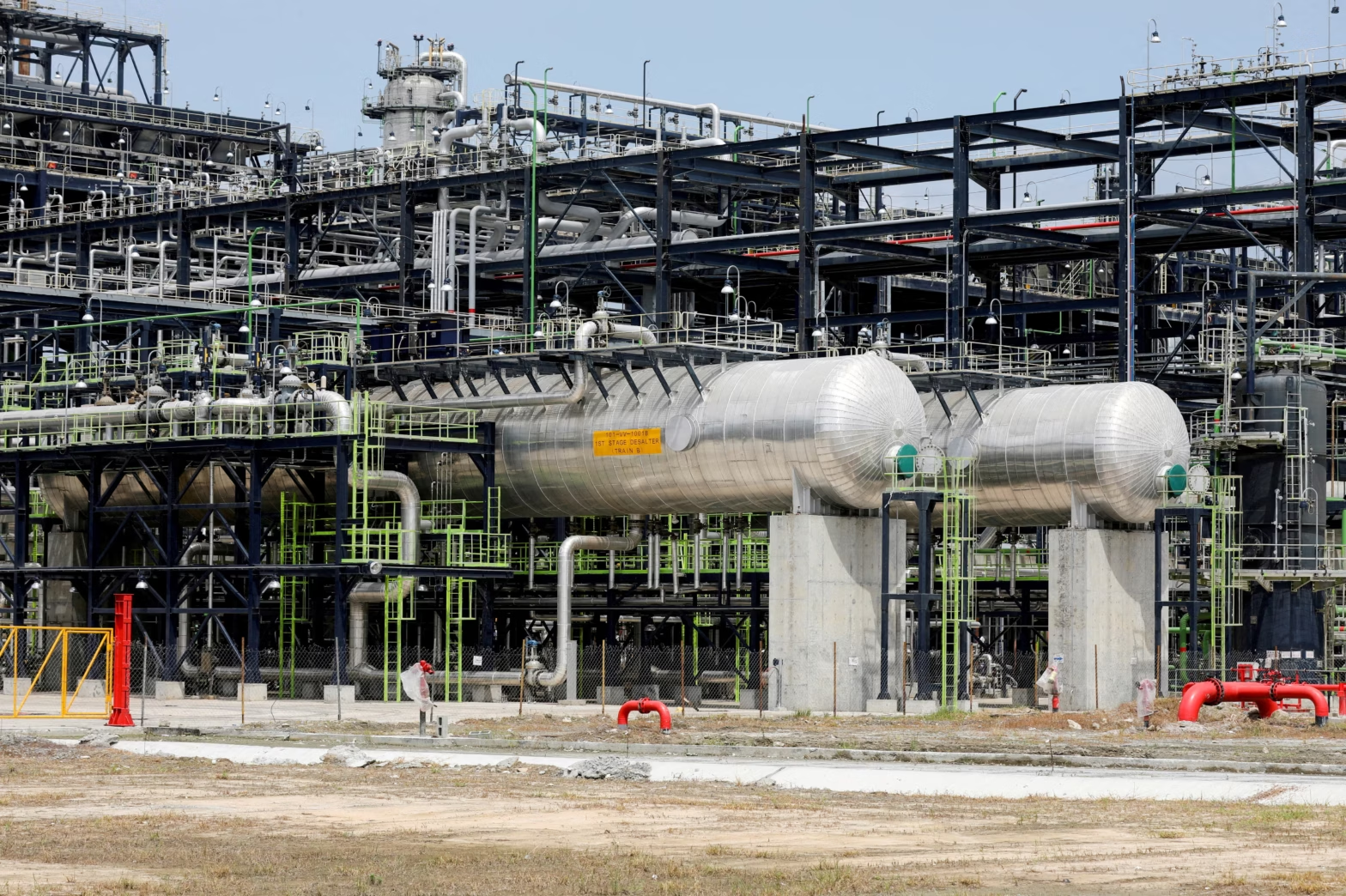As the drive to generate energy in a sustainable way intensifies, hybrid energy systems (HES) have emerged as a critical solution for supporting industries, transportation, homes, and other sectors crucial for economic growth.
HES integrates renewable energy sources with battery storage and diesel backup, providing a sustainable means to meet growing energy demands while significantly reducing greenhouse gas emissions.
By combining various energy sources, these systems optimize resource use, improve efficiency, and ensure reliable energy availability, making them essential for achieving global decarbonization goals.
As countries commit to renewable energy targets, HES are well-positioned to meet increasing power demands while fostering economic and environmental benefits.
Highlighting the technological advancements and policy frameworks surrounding HES is essential for stakeholders to effectively explore how these systems can contribute to sustainability goals.
HES is gaining global attention due to the growing demand for sustainable, reliable, and cost-effective energy supplies, particularly for remote electrification, industrial applications, and island communities.
The recent surge in HES adoption is evident with a projected Compound Annual Growth Rate (CAGR) of 6.2% over the next seven years, with market size expected to grow from $704.2 million to over $1 billion by 2031.

Different types of hybrid energy system
There are various combinations of HES using renewable sources such as solar, wind, biomass, geothermal power, and hydrogen fuel cells, combined with battery storage and diesel generators.
The most popular configuration is the solar-wind-diesel combination. Advances in battery storage technology, with improved capacity at lower costs, are reducing dependence on fossil fuels.
Moreover, the increasing deployment of decentralized microgrids to address local power distribution challenges has played a key role in the growth of the HES market, creating new opportunities for market participants.
One of the primary drivers of HES market expansion is the rapid evolution of battery storage technology, featuring longer lifespans and increased energy density for lithium-ion batteries.
Additionally, flow batteries, which offer long-term storage for up to 30 years and scalable capacity, have significant potential for larger grid requirements.
According to the International Energy Agency (IEA), China commissioned a redox flow battery with a capacity of 100 MW and 400 MWh, making it the world’s largest as of 2022.
Energy management systems are also crucial in optimizing the performance and efficiency of energy storage systems by incorporating artificial intelligence and real-time monitoring, which help extend battery life, enable proactive maintenance, and ensure efficient operation under varying loads.
These innovations are pivotal in achieving more reliable and sustainable grids.
Optimization algorithms play a key role in designing and managing HES, from selecting optimal components and sizing storage to scheduling energy and ensuring seamless grid integration.
These algorithms also help estimate the life-cycle cost of HES and analyze the impact of varying parameters on economic performance.
Integrating smart grid technology enhances HES resilience by managing energy supply in response to demand, minimizing downtime during grid disruptions, and balancing loads through intelligent distribution.
This ensures the maximum use of renewable energy while reducing reliance on backup diesel generators, leading to improved efficiency and reliability.
Global appeal for HES
The adoption of HES is largely influenced by the evolution of smart grid systems, enabling more efficient energy dispatch, reduced operational costs, and improved response times.
The global hybrid power solution market is dominated by China and India, driven by increasing urbanization and the need for reliable energy.
The Indian government, for instance, has set an ambitious target of installing 500 GW of non-fossil fuel-based energy resources by 2030.
North America is also expected to witness significant progress, with a projected CAGR of about 10.5% from 2024 to 2030, thanks to advancements in lithium-ion battery technology and supportive policies such as tax credits, grants, and subsidies.
Several sectors have adopted HES, with agriculture leveraging the technology for irrigation and food processing, while mining companies are using it to reduce operational costs and carbon footprints.
Remote communities, which often lack reliable grid connections, are major adopters of HES, as these systems provide cost-effective and environmentally friendly energy solutions.
The adoption of HES has also been influenced by supportive policies and diverse financing mechanisms globally, including tax incentives, green bonds, and blended finance.
Tax incentives range from accelerated depreciation to production tax credits, and green bonds are being issued to support sustainable projects.
Blended financing, which combines public and private investments, reduces risk and provides additional capital for HES projects.
Challenges of HES
Despite the numerous benefits offered by HES in closing the energy gap sustainably, challenges remain.
These include the intermittent nature of renewable energy sources, which complicates system design and operation, as well as the limitations of current energy storage technologies.
High initial investment costs and the need for supportive financing arrangements can also deter potential investors.
Furthermore, varying regulatory frameworks across regions create complexities in market entry and compliance, while inadequate infrastructure for grid integration limits the benefits of HES.
The evolution of HES is also marked by emerging trends such as the integration of artificial intelligence (AI) and the Internet of Things (IoT), which enhance predictive maintenance and improve grid integration.
The global market for hybrid power solutions is expected to grow significantly, with a focus on decentralized energy systems that empower local communities and the increasing use of green hydrogen to address storage challenges.
To unlock the full potential of HES, it is crucial for stakeholders to support the right policies and investments, paving the way for a sustainable energy future.
Disclaimer: This opinion piece does not necessarily reflect the position of the editorial board of Energy in Africa and its owners.










